
-
Chemical Safety and Certification-
Chemical Safety in the Workplace-
Developing Chemical Safety Culture in the Workplace
We provide comprehensive solutions designed to help our clients mitigate risks, enhance performance, and excel in key areas such as quality, health & safety, environmental sustainability, and social responsibility.
Discover
For many years, our organization has been operating successfully, boasting modern laboratories that meet international standards. These laboratories are equipped with the latest technology devices and equipment, and we have built a strong team of experienced and trained personnel to operate them.
DiscoverWelcome to Eurolab, your partner in pioneering solutions that encompass every facet of life. We are committed to delivering comprehensive Assurance, Testing, Inspection, and Certification services, empowering our global clientele with the ultimate confidence in their products and processes.
Discover
-
Chemical Safety and Certification-
Chemical Safety in the Workplace-
Developing Chemical Safety Culture in the WorkplaceA strong chemical safety culture is crucial for maintaining a safe and productive workplace, particularly in industries that handle hazardous chemicals. Chemical safety culture refers to the shared values, practices, and behaviors that prioritize the safe handling, use, storage, and disposal of chemicals. Developing this culture involves promoting awareness, establishing clear protocols, fostering accountability, and continuously reinforcing safety practices at every level of the organization. A workplace with a robust chemical safety culture helps prevent accidents, ensures regulatory compliance, and supports the well-being of workers and the environment.
Building a chemical safety culture is critical for several reasons:
Developing a chemical safety culture requires attention to several key elements that help foster safe behaviors and attitudes across the organization. These elements include:
a. Leadership Commitment
The commitment of organizational leadership to chemical safety is the cornerstone of a strong safety culture. Leaders set the tone for the entire workplace and are responsible for creating a culture that prioritizes safety.
b. Employee Involvement and Empowerment
A successful chemical safety culture involves active participation from employees at all levels. When employees are empowered to make safety decisions and actively participate in safety initiatives, the entire organization benefits.
c. Training and Education
Continuous training and education are essential to ensure that all employees are knowledgeable about chemical hazards, safe practices, and emergency response procedures. Training is a cornerstone of developing a chemical safety culture.
d. Clear Policies and Procedures
Establishing clear and comprehensive safety policies and procedures is critical to guide workers in their day-to-day activities.
e. Safety Communication
Effective communication is vital to ensure that safety expectations are clear and that employees are well-informed about chemical hazards and risks.
Developing a robust chemical safety culture provides numerous advantages to the workplace:
Q1: How can leadership encourage a strong chemical safety culture?
A1: Leadership can encourage a chemical safety culture by visibly supporting safety initiatives, setting clear expectations for safe practices, allocating resources for safety programs, and actively participating in safety training and inspections.
Q2: What role do employees play in developing a chemical safety culture?
A2: Employees play a vital role by actively engaging in safety practices, participating in training programs, reporting hazards or unsafe conditions, and adhering to established protocols. Their involvement is essential for fostering a culture of accountability and continuous improvement.
Q3: Why is training and education important for chemical safety?
A3: Training ensures that workers understand the hazards associated with chemicals, how to use protective equipment properly, and what to do in emergencies. Ongoing education keeps employees updated on new risks and regulations, helping maintain a high level of safety awareness.
Q4: What policies should be in place to ensure chemical safety in the workplace?
A4: Key policies should include clear procedures for chemical risk assessments, standard operating procedures (SOPs) for handling, storage, and disposal, emergency response protocols, and a system for reporting safety concerns and near misses.
Q5: How can organizations measure the success of their chemical safety culture?
A5: The success of a chemical safety culture can be measured through incident and accident rates, employee engagement in safety programs, audit results, the effectiveness of training programs, and feedback from employees regarding safety practices and procedures.
Developing a chemical safety culture in the workplace is essential for creating a safe, compliant, and efficient environment where both workers and the organization thrive. A strong safety culture requires commitment from leadership, active employee participation, ongoing education, clear policies, and open communication. By fostering this culture, organizations can significantly reduce chemical-related risks, improve worker safety, and enhance their operational and financial performance. A commitment to chemical safety not only benefits employees and the environment but also supports long-term organizational success.

Consumer Product Safety
Consumer Product Safety: Protecting Consumers from Harmful Products As a consumer, you have the rig...
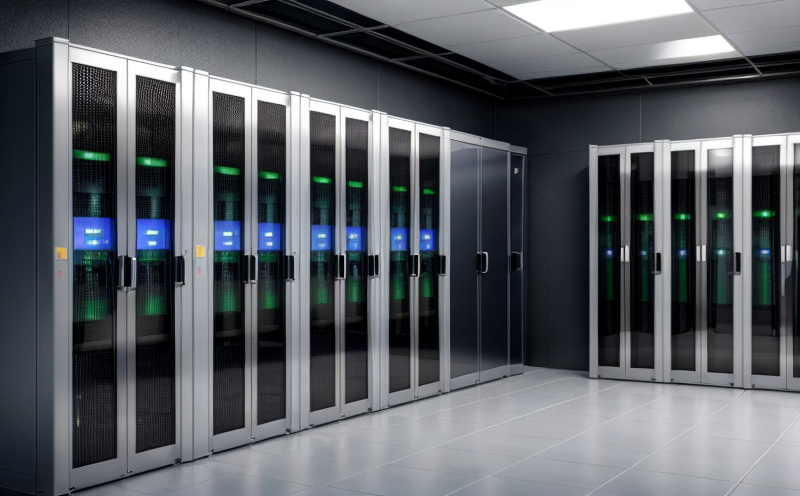
IT and Data Center Certification
IT and Data Center Certification: Understanding the Importance and Benefits The field of Informatio...

Energy and Sustainability Standards
In today’s rapidly evolving world, businesses face increasing pressure to meet global energy a...

Renewable Energy Testing and Standards
Renewable Energy Testing and Standards: Ensuring a Sustainable Future The world is rapidly transiti...

Railway Industry Compliance
Railway Industry Compliance: Ensuring Safety and Efficiency The railway industry is a critical comp...
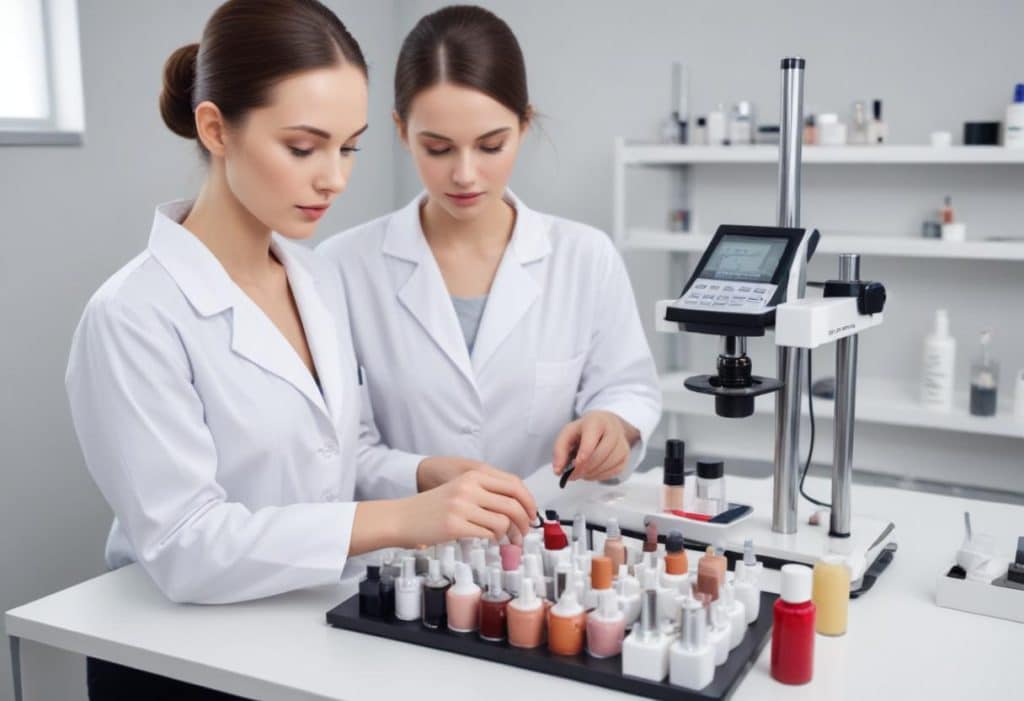
Cosmetic Product Testing
The Complex World of Cosmetic Product Testing The cosmetics industry is a multi-billion-dollar ma...

Environmental Simulation Testing
Environmental Simulation Testing: A Comprehensive Guide In todays world, where technology is rapidl...

Agricultural Equipment Certification
Agricultural equipment certification is a process that ensures agricultural machinery meets specific...
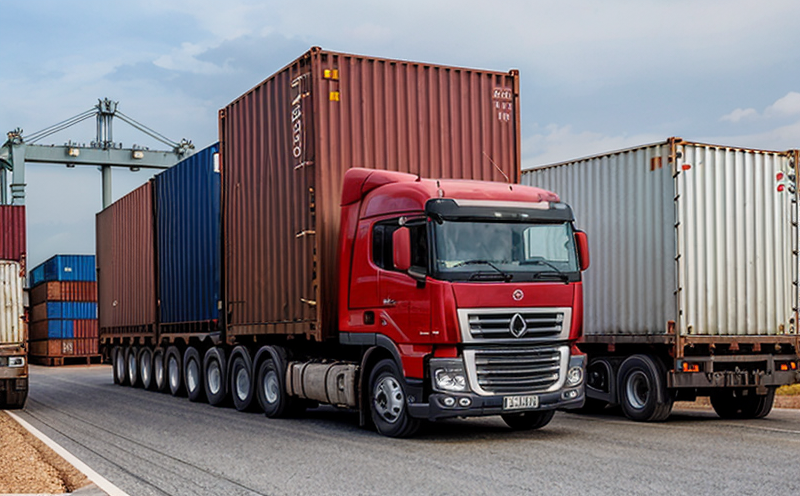
Transportation and Logistics Certification
Transportation and Logistics Certification: A Comprehensive Guide The transportation and logistics ...

Product and Retail Standards
Product and Retail Standards: Ensuring Quality and Safety for Consumers In todays competitive marke...

MDR Testing and Compliance
MDR Testing and Compliance: A Comprehensive Guide The Medical Device Regulation (MDR) is a comprehe...
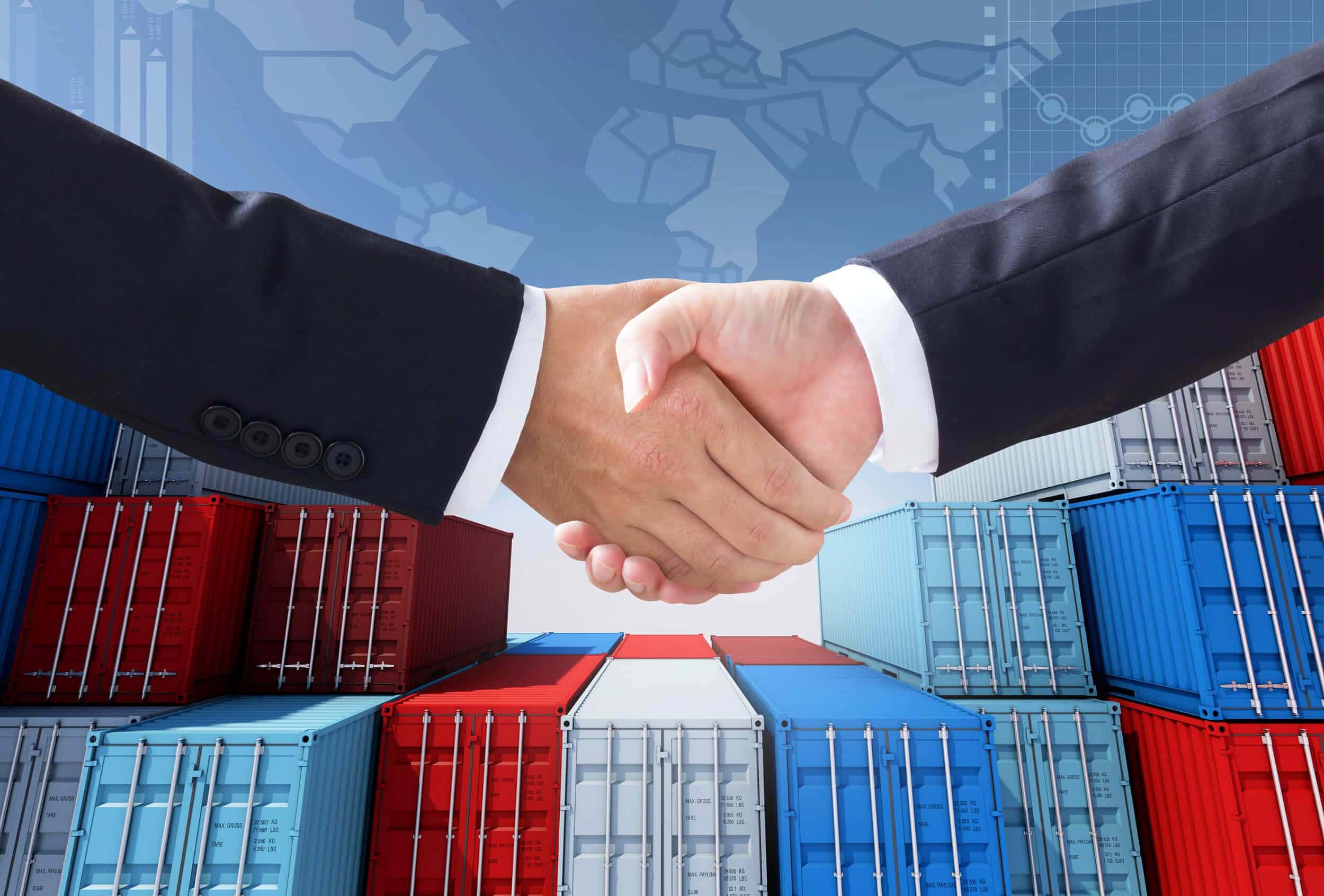
Trade and Government Regulations
Trade and government regulations play a vital role in shaping the global economy. These regulations ...

Battery Testing and Safety
Battery Testing and Safety: A Comprehensive Guide As technology continues to advance, battery-power...

Military Equipment Standards
Military Equipment Standards: Ensuring Effectiveness and Safety The use of military equipment is a ...
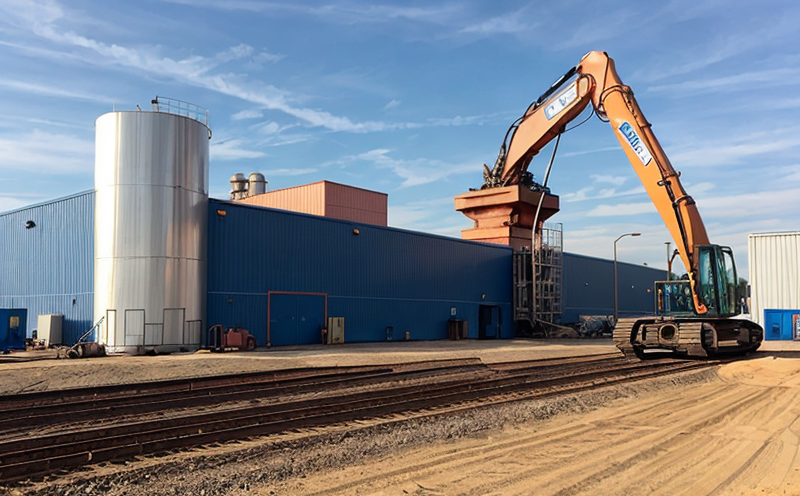
Industrial Equipment Certification
Industrial equipment certification is a critical process that ensures industrial equipment meets spe...
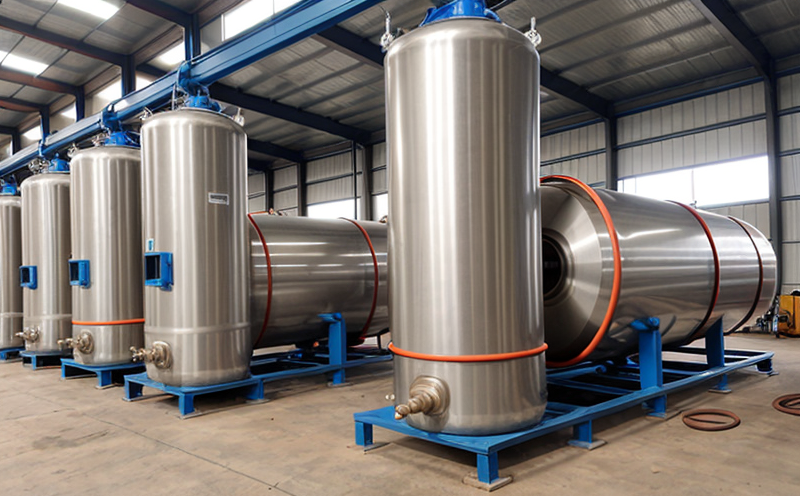
Pressure Vessels and Installations Testing
Pressure Vessels and Installations Testing Pressure vessels are a critical component of various ind...

Environmental Impact Assessment
Environmental Impact Assessment: A Comprehensive Guide Environmental Impact Assessment (EIA) is a c...
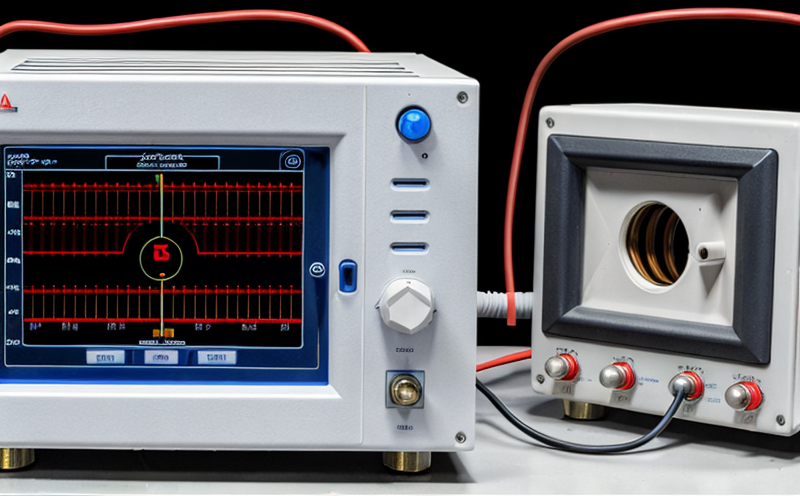
Electrical and Electromagnetic Testing
Electrical and Electromagnetic Testing: A Comprehensive Guide Introduction Electrical and electrom...

Automotive Compliance and Certification
Automotive Compliance and Certification: Ensuring Safety and Efficiency The automotive industry is ...
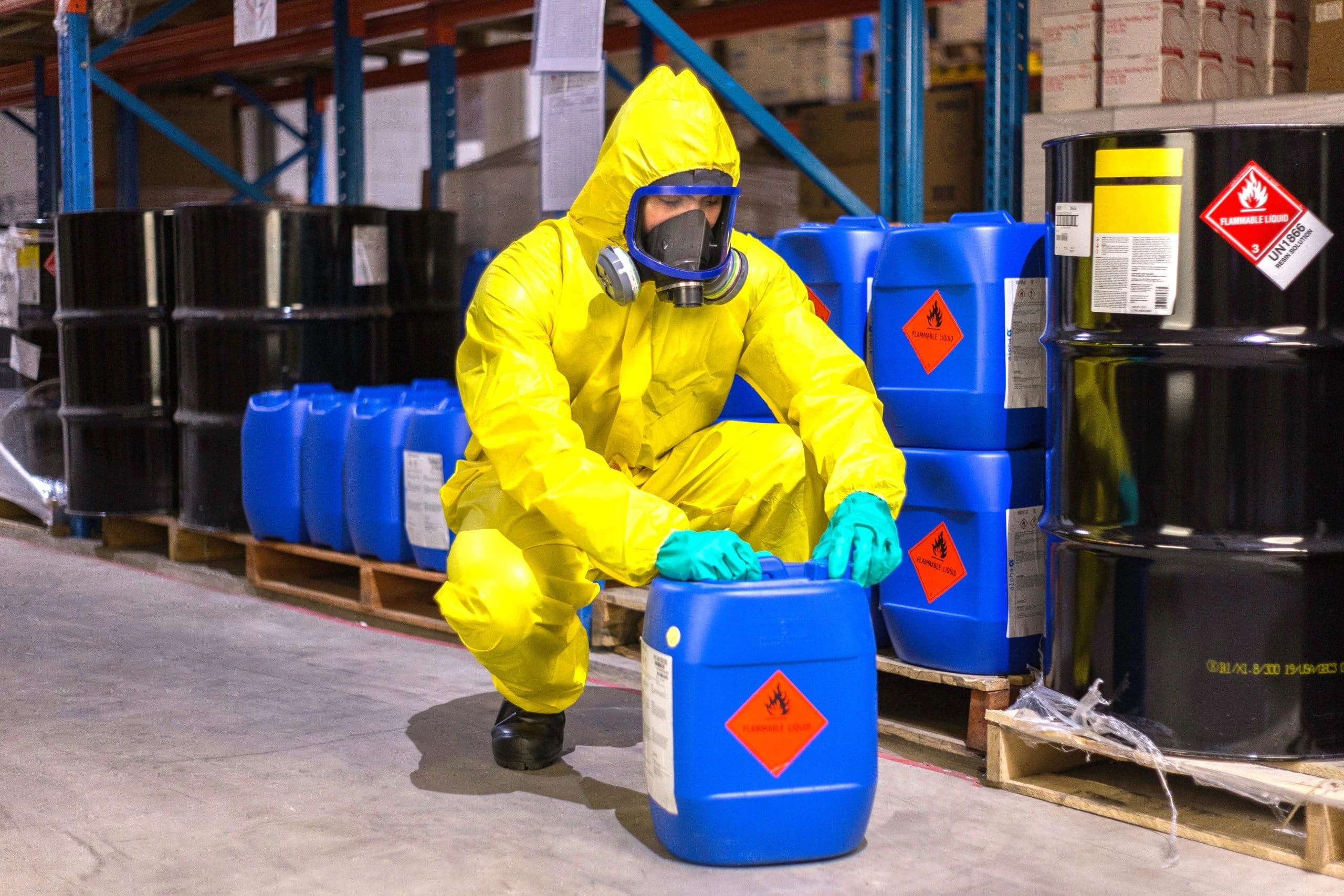
Chemical Safety and Certification
Chemical safety and certification are critical in ensuring the safe management of products and proce...

Pharmaceutical Compliance
Pharmaceutical compliance refers to the adherence of pharmaceutical companies and organizations to l...

Fire Safety and Prevention Standards
Fire Safety and Prevention Standards: Protecting Lives and Property Fire safety and prevention stan...
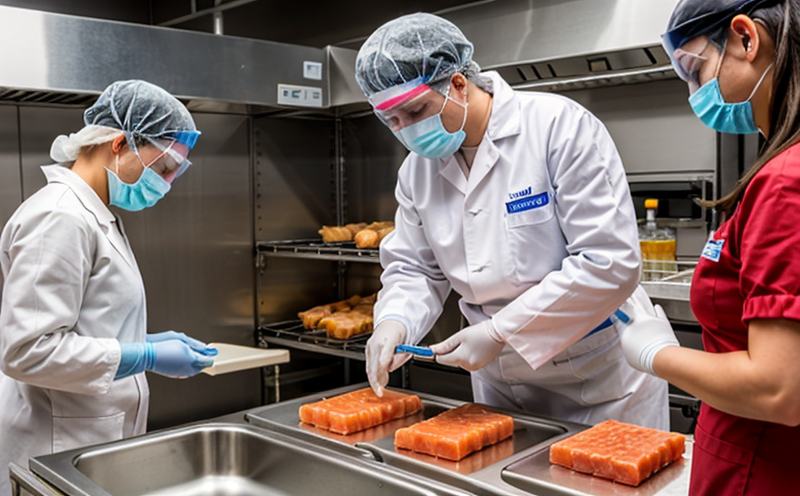
Food Safety and Testing
Food Safety and Testing: Ensuring the Quality of Our Food As consumers, we expect our food to be sa...

Aviation and Aerospace Testing
Aviation and Aerospace Testing: Ensuring Safety and Efficiency The aviation and aerospace industr...
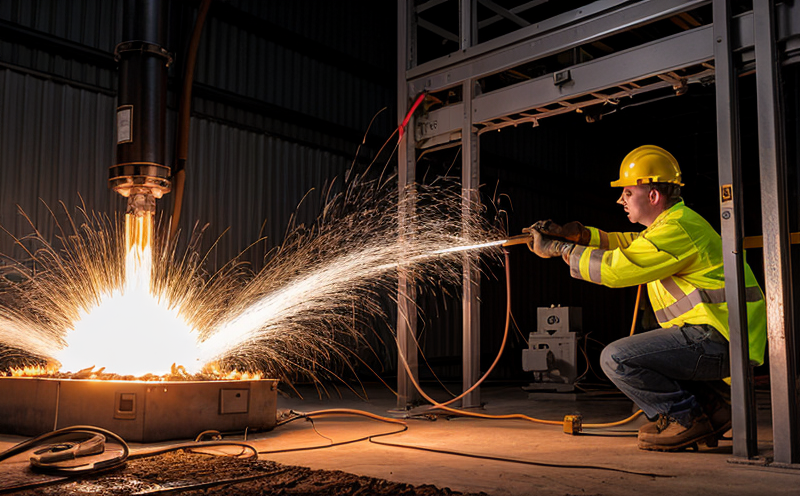
Electromechanical Safety Certification
Electromechanical Safety Certification: Ensuring Compliance and Protecting Lives In todays intercon...
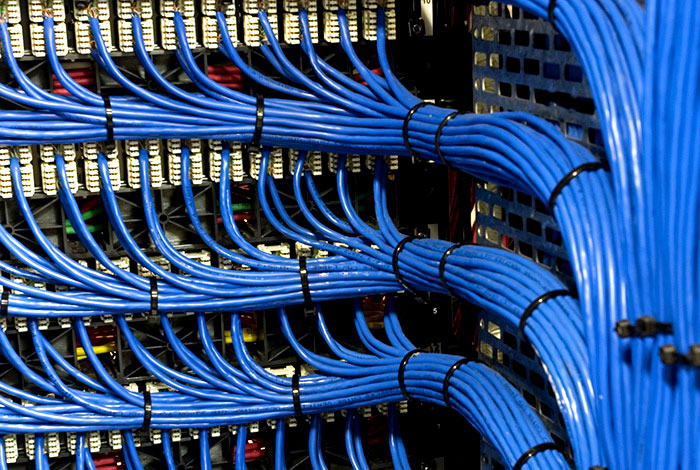
NEBS and Telecommunication Standards
Network Equipment Building System (NEBS) and Telecommunication Standards The Network Equipment Bu...

Lighting and Optical Device Testing
Lighting and Optical Device Testing: Ensuring Performance and Safety Lighting and optical devices a...
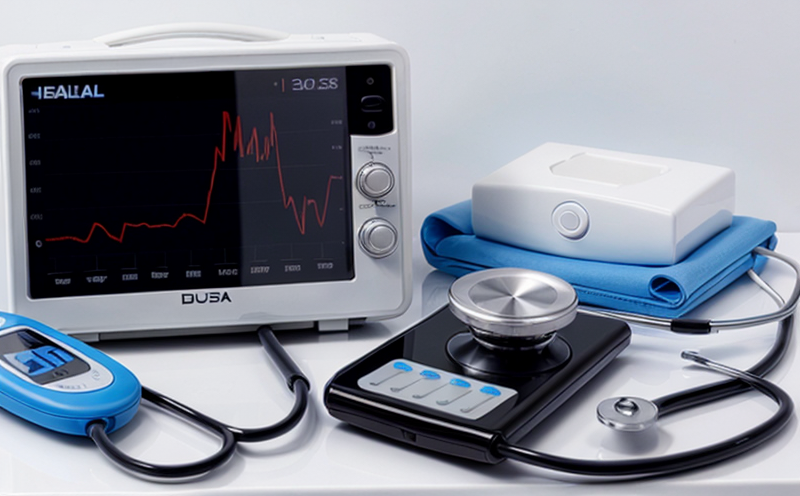
Healthcare and Medical Devices
The Evolution of Healthcare and Medical Devices: Trends, Innovations, and Challenges The healthcare...
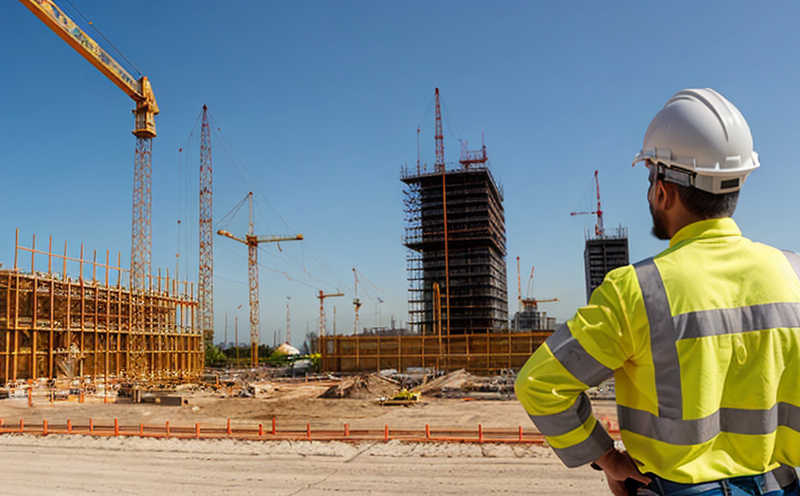
Construction and Engineering Compliance
Construction and Engineering Compliance: Ensuring Safety, Quality, and Regulatory Adherence In the ...

Hospitality and Tourism Certification
Hospitality and Tourism Certification: Unlocking Opportunities in the Industry The hospitality and ...